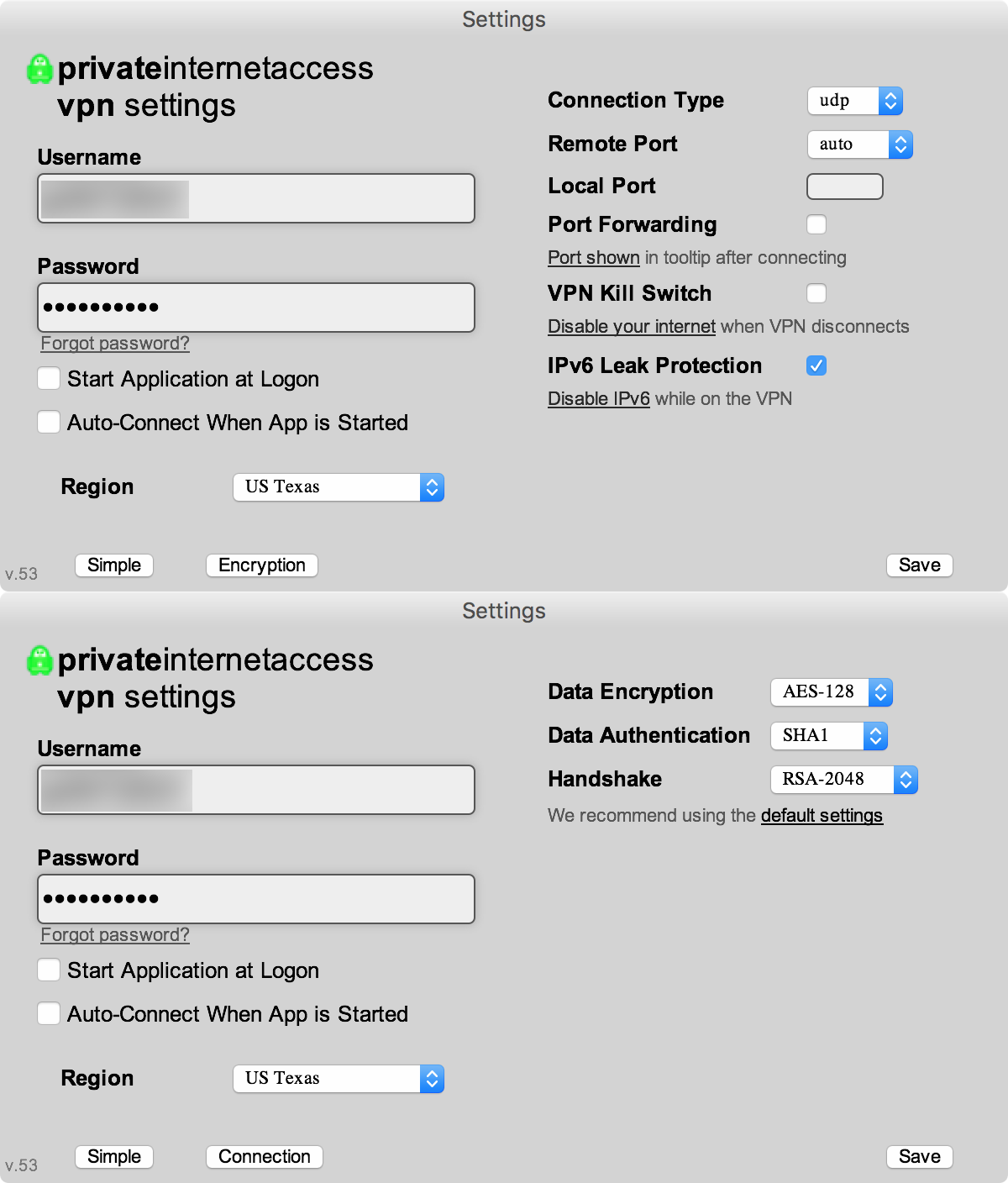

Users - even IT administrators for that matter - believe that their cloud system is “automatically” protected, with everything taken care of by the cloud provider therefore, they hardly even consider security. The main risk: lack of both awareness and vigilance. Moreover, cloud solutions bring new types of risks. Cloud solution risksĬloud providers tend to advertise security as one their key advantages, but security is far from being an inherent property of the cloud. Public clouds usually provide an inexpensive and quick way to deploy small solutions, but private or hybrid clouds will be increasingly attractive as grow in size as a company. Costs to consider include the cloud provider’s services, equipment for on-premises solutions, salaries of IT administrators and developers, and licenses for related apps and services. Cloud solution costsĪlthough many cloud deployments require very limited initial investments, one should pay close attention to calculating the total cost of ownership (TCO) and its growth as the workload increases. SaaS services always operate in a public cloud, whereas IaaS may be public, private, or hybrid. The provider supplies the spaces, cooling and the rest of the engineering infrastructure, but the physical computers belong to the client organization.

Clients can change server count and capacity in just a few clicks, but they also need to employ their own configuration and maintenance professionals to make the whole thing work.įor those preferring to have their own servers, but unwilling to build a data processing center, there’s DCaaS - data center as a service. In this case, the cloud provider supplies virtual servers or containers in which clients run server applications by themselves. But those are beyond the scope of this blogpost.Īt the other end of the complexity scale, there’s IaaS - infrastructure as a service.
#Private internet access leak software#
DBaaS, PaaS and FaaS, which are commonly used in software development, work the same way: these services, via the cloud, provide data bases, platforms, and functions for new apps, respectively. The user pays for a particular solution without paying any attention to what servers and apps are behind it or where it resides. All the popular application services - including Microsoft 365, Dropbox, Slack, Zoom, and Salesforce - are SaaS. The most popular one, SaaS, stands for software as a service. SaaS, IaaS, and assorted other aaSĪll abbreviations ending in aaS denote things provided as a service. Hybrid clouds combine the two approaches, keeping data and services either in the public or private part of the cloud depending on their importance. Servers can reside within the organization’s perimeter ( on premises) for greater security, or be leased from a commercial data processing center ( hosted private cloud). If the company wants to have high-performance computing resources and bulletproof availability, or follows strict data-processing environment requirements, it may procure the necessary infrastructure for its sole use. The public cloud concept implies that the computing capacities are owned by a commercial provider, which sells them piecemeal to anyone who wants them. Easy scalability: you can increase server capacity in a matter of minutes, or roll it back to the previous performance and price levels just as easily when no longer needed.Financial flexibility: you pay only for the services you use, without any capital investment whatsoever.Speedy launch of apps and services: you can begin using cloud services almost instantly without procuring any servers or installing any apps.Clouds have the following main advantages: You’re using cloud solutions when editing a document in Google Docs, launching a site on a virtual hosting platform, or sending an e-mail through Microsoft 365. In the general sense, cloud technologies imply the use of certain computer resources (data storage capacity, computing power, or a specific app) distributed from a remote server via the internet. Therefore, it makes sense to figure out specifically which cloud technology your company needs, what the cost should be, and what security measures need to be in place. Meanwhile, computer clouds have progressed through several evolution steps already, and the generic term cloud now describes a number of essentially different approaches. The benefits to be had from cloud technologies are promoted to any and every business these days - from bakeries to banks.


 0 kommentar(er)
0 kommentar(er)
